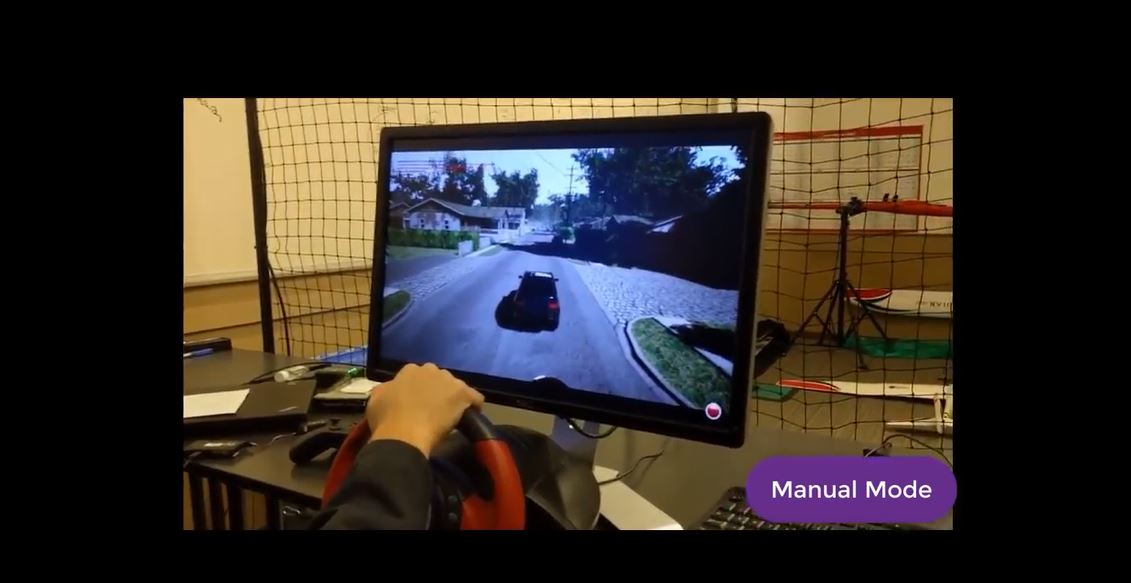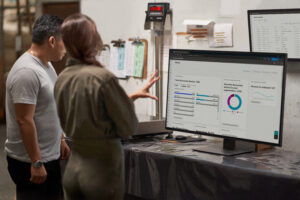
New simulation tools released for autonomous vehicle research
 The automotive industry is in the throes of disruption as never seen before with every aspect of the automotive value chain undergoing transformation. The centuries old business model of making, distributing, and selling personally owned vehicles is being upended by shared mobility services and the upcoming revolution in autonomous vehicles, or self-driving vehicles.
The automotive industry is in the throes of disruption as never seen before with every aspect of the automotive value chain undergoing transformation. The centuries old business model of making, distributing, and selling personally owned vehicles is being upended by shared mobility services and the upcoming revolution in autonomous vehicles, or self-driving vehicles.
The vehicle is becoming an increasingly software-defined, intelligent device converging with the ability to ingest massive amounts of data from sensors and the cloud-enabled processing power and tools to utilize that data for training AI models that will pilot these vehicles. OEMs, Tier 1s, and new entrants in the automotive industry are challenged to single handedly acquire all the software tools and capabilities needed for the economic development of autonomous driving (AD).
From in-vehicle hardware and software platforms, through sensor fusion, deep learning, simulation, test, validation, to massive volume data transfer to the cloud, the immense range of capabilities and sophistication required is seemingly beyond the reach of any individual enterprise. At the same time, there are a range of startups, open source offerings, and commercial offerings that are bringing to market sophisticated capabilities needed at some stage or another in the autonomous driving- development lifecycle.
Take simulation as an example – the automotive industry conservatively estimates that a billion miles of driving in simulated real-world conditions will be needed to adequately test AD algorithms before they can be expected to handle all real-world contingencies. This requires deep knowledge to model the real world – physics models, weather models, sensor models, and unpredictable behaviors such as from pedestrians and bicyclists – requiring capabilities developed by many different developers, including open source offerings. Cloud platforms such as Microsoft Azure provide a range of hardware and software options to quickly setup and deploy these simulation environments on demand.
 A team of researchers in Microsoft’s AI and Research group have developed AirSim as an open source platform for AI researchers to experiment with deep learning, computer vision and reinforcement learning algorithms for autonomous vehicles. While this work originally targeted drones and gliders and leverages the open source Unreal Engine from the gaming industry, the team has adapted the generic AirSim architecture for simulation with autonomous vehicles, recently announcing the release of the update. We welcome the research and development community to experiment with its unique capabilities and participate in the growing AirSim community on github.
A team of researchers in Microsoft’s AI and Research group have developed AirSim as an open source platform for AI researchers to experiment with deep learning, computer vision and reinforcement learning algorithms for autonomous vehicles. While this work originally targeted drones and gliders and leverages the open source Unreal Engine from the gaming industry, the team has adapted the generic AirSim architecture for simulation with autonomous vehicles, recently announcing the release of the update. We welcome the research and development community to experiment with its unique capabilities and participate in the growing AirSim community on github.
While AirSim promotes an open community oriented approach for furthering research into simulation tools, Microsoft is also partnering with a broad set of stakeholders across the end-to-end AD tool chain to identify barriers and common non-differentiating problems that are best addressed in a cooperative way borrowing from lessons learned from the open source movement.
OpenADx is one such collaborative effort initiated by Bosch that aims to develop and promote interoperability across the numerous tools and capabilities needed to streamline workflows, complex data exchange, and APIs to reduce the burden of integration and one-off customization in the AD development processes in the cloud. Automotive industry companies are starting to realize that the costs and complexity of selecting, acquiring, integrating and managing the tools across the process is not economically sustainable and that cooperation and common standards and reference frameworks across on-premise and cloud environments will benefit all stakeholders by accelerating progress and lowering the cost.
We look forward to your feedback and participation as these collaborative efforts drive toward a mobility future where the whole truly promises to be bigger than the sum of the parts.




